Work on major restoration and refurbishment due to begin in 2025
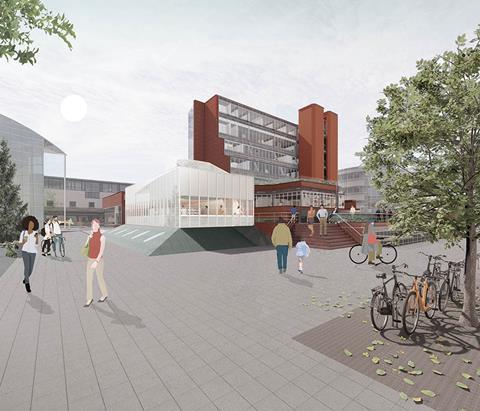
BDP and Arup have unveiled detailed plans to restore and refurbish James Stirling’s grade II* listed Cambridge History Faculty Building. The building, which also houses the Seeley Library, is one of the iconic ‘Red Trilogy’ of significant Stirling university buildings from the 1960s.
The restoration project aims to enhance the learning and working environments within the building, located at the university’s Sidgwick site, while addressing accessibility, safety, and comfort issues. The comprehensive refurbishment will involve repairing and upgrading the building’s fabric and replacing services to improve thermal comfort. Additionally, the project will introduce carbon-saving and climate-resilient measures.
BDP’s architect director, Jessica Mailey, highlighted the building’s architectural significance, noting, “We recognise that the Stirling Building is a landmark in the history and development of architecture and needs to be treated as such.”
The project team is adopting a conservation-led approach, seeking to balance the preservation of the building’s distinctive character with the need for updates to meet contemporary requirements. This approach includes the recovery and reinstatement of original materials and details where possible, alongside some adaptations to the building’s fabric.
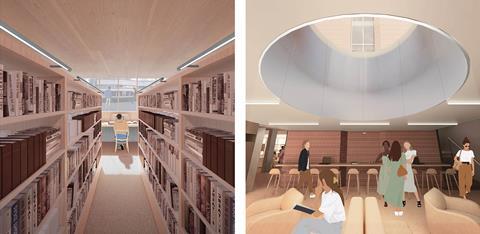
Arup is leading the technical aspects of the project, providing expertise in heritage conservation, civil and structural engineering, façade engineering, and accessibility. The firm has been involved since the project’s initial feasibility study in 2021.
Graham Epking-Crane, senior architect at Arup, commented on the importance of preserving the building’s architectural value while addressing modern structural and technical challenges, saying, “Our conservation-led approach to identify and distil the essential elements necessary to preserve its value while addressing the complex structural and technical performance requirements has been vital in understanding how the building can be sensitively yet robustly updated to secure its long-term survival.”
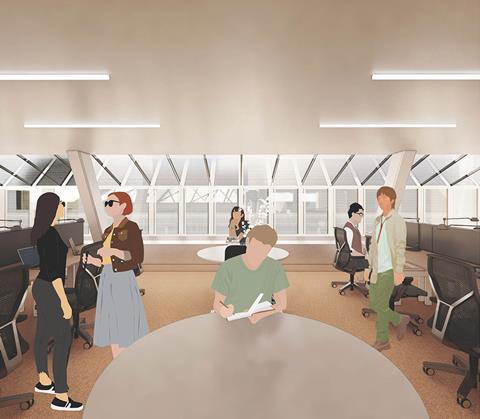
A key focus of the project is improving accessibility to meet the university’s equality, diversity, and inclusion goals. The planned renovations will ensure step-free access throughout the building, including its external terraces, making it more accessible for all users.
Environmental sustainability is also a key objective, with the university targeting BREEAM Excellent certification. The refurbishment will seek to significantly enhance the building’s energy performance.
The project also includes plans to extend the building with two new pavilions, which will provide additional library and reading spaces.
“A redoubtable, daunting monument”

The design for Cambridge University’s History Faculty Library was selected through a limited competition in 1963. Although the winning entry was submitted by the architectural firm Stirling and Gowan, the partnership was subsequently dissolved, leading to the university transferring the project to James Stirling’s newly established practice.
The renowned architectural historian John Summerson described the building as inspiring awe, “a redoubtable, daunting monument; enigmatic; a crystal fort with a shiny brick rampart; something of a factory; something of a conservatory.”
Professor Tim Harper, head of the school of the humanities and social sciences, emphasised the project’s alignment with Stirling’s forward-looking vision, stating, “The project is true to James Stirling’s vision in that it looks to the future. It will enable all those who use the building to work together in new and exciting ways.”
Construction by Bedford-based SDC is anticipated to begin in 2025, pending necessary approvals, including planning and listed building consent from Cambridge City Council.
>> Also read: Historic England upgrades Stirling’s college listings



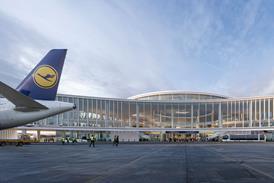
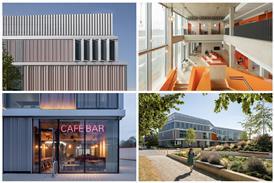
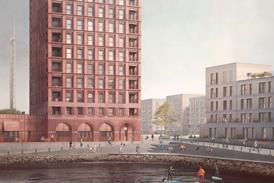




![[R] ExteriorLow4](https://d3rcx32iafnn0o.cloudfront.net/Pictures/100x67/2/7/6/1989276_rexteriorlow4_240899.jpg)


No comments yet